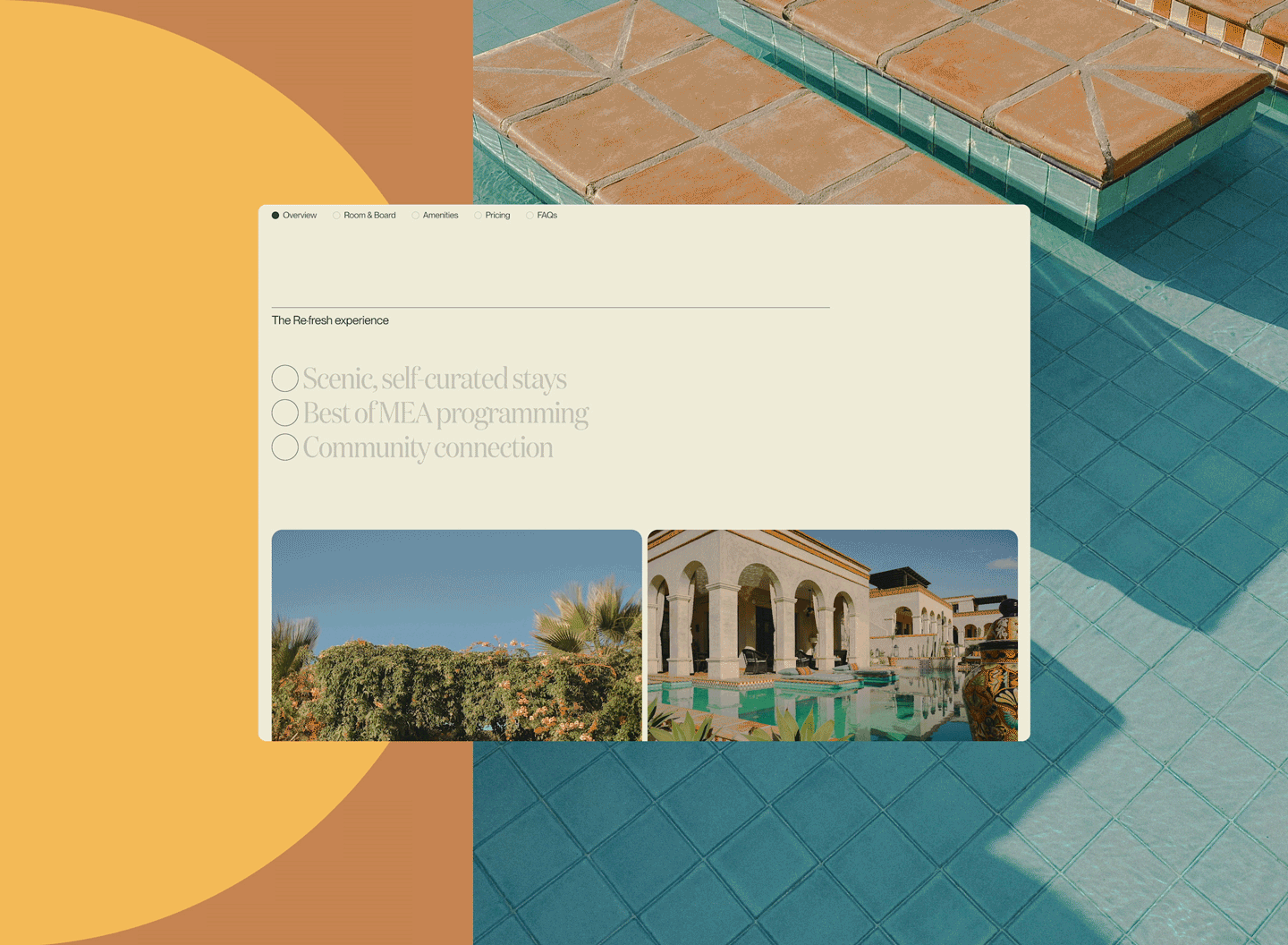The three stages of a successful university brand rollout.
We’ve worked with many higher ed institutions—Northeastern, Vanderbilt, Harvard, SMU, MIT— to reshape their brands. But the work isn’t done when the design is finished—that’s when our clients step up to launch their new brand in their community. The world of higher ed has especially passionate stakeholders, and a strategically-managed redesign process and rollout is critical to earning buy-in from students, faculty, alumni, and fans. We asked our collaborators at various universities what they learned during their redesign rollouts; here’s their advice for how to get your new brand off to the right start.
Pre-Launch Process
Remember why. Why was it important to do? Why now? How does it help the university achieve its goals? How does it speak to your institution’s core identity? Having these concepts top of mind will help guide decisions and give support to your reasoning.
Find a balance with deadlines. There’s no need to rush to finish by an arbitrary date. But don’t drag your feet too much: don’t keep working endlessly until everything is ‘perfect.’ (Spoiler: nothing will ever be perfect or truly finished; this is an ongoing process.)
Make the process inclusive. Showing in-progress logos and marks to large groups is generally counterproductive. Instead, ask community stakeholders to give input on the existing/old brand assets, and draw upon that feedback to drive the new design. Make sure to include a diverse set of representatives, including those from groups you anticipate having resistance.
Find your brand ambassadors. Identify prominent and well-respected campus ambassadors who can champion the new brand among their peers, the wider alumni diaspora, and the public. Have content and a posting schedule ready to go for their social accounts, along with any tangible brand swag they can wear.
Don’t forget to share. Prepare all assets in an accessible format and location for your content creators across campus departments. This includes guidelines, vector logomarks, templates, and font files—and the name of someone they can contact with questions.

Rollout
Preview strategically. Carefully consider which audiences should preview the new identity ahead of the formal rollout, and what you want from them in terms of feedback or advocacy. At least some of the audiences who gave earlier feedback about the former brand should be included; you can show them how you incorporated their feedback into the new marks, which will build trust and acceptance.
Explain why first and often. It’s crucial to communicate the ‘why’ behind the redesign (time to share those principles you established in the pre-launch phase). Share your reasoning before you reveal any new designs; that way, everyone will be on the same page in terms of understanding the broader goals, and they can ground their feedback on more than an instinctive aesthetic reaction.
Get off Zoom. An irl, conversational setting allows for more nuance, and people feel more open-minded than if they were looking at a press release on social media. A dialogue helps audiences understand and appreciate the new brand and what went into it.
Prepare for negativity. No matter how improved the new brand is, people don’t like change—particularly when it affects an institution they have strong emotional ties to. But any outcry will fade. One CMO told us, “Good or bad, in a week, no one will be talking about it.”
Post-Launch
Plan for IRL execution. Develop a schedule for replacing signage and other real-world products. Factor in any needed budget. Ideally, you’ll be getting a bump in merch sales, which will help offset the costs.
Don’t overdo it. Announce it, celebrate it, then move on. This signals to any doubters that the brand is no longer up for discussion, and lets everyone settle in, explore the new brand tools, and start building on the new foundation.
Most of all, remember that a rebrand is a rare and exciting opportunity. Enjoy it!




